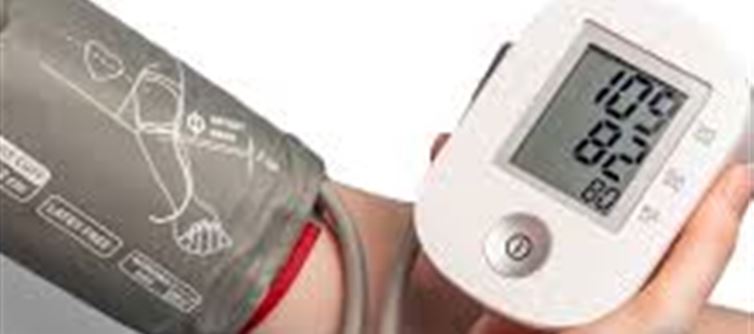
Monitoring your blood pressure (BP) is an essential part of maintaining heart health and preventing complications like stroke, heart attack, or kidney problems. Whether at home or in a clinic, knowing the right way to measure bp and understanding normal values is key.
🔹 Blood Pressure Basics
- Systolic pressure (top number): Pressure in arteries when the heart beats.
- Diastolic pressure (bottom number): Pressure in arteries when the heart rests between beats.
- Normal BP: Around 120/80 mmHg for most adults.
BP Categories (Adults):
Category | Systolic (mmHg) | Diastolic (mmHg) |
Normal | <120 | <80 |
Elevated | 120–129 | <80 |
Hypertension Stage 1 | 130–139 | 80–89 |
Hypertension Stage 2 | ≥140 | ≥90 |
Hypertensive Crisis (Seek emergency care) | >180 | >120 |
🔹 Tips to Check blood pressure Accurately
1. Rest Before Measurement
- Sit quietly for 5–10 minutes before checking BP.
- Avoid measuring immediately after exercise, stress, or caffeine intake.
2. Proper Positioning
- Sit upright with back supported and feet flat on the floor.
- Keep your arm at heart level on a table or armrest.
- Avoid crossing legs or tensing muscles.
3. Use the Correct Cuff Size
- A cuff that is too small or too large can give inaccurate readings.
- Follow manufacturer guidelines for your arm circumference.
4. Avoid Talking or Moving
- Stay still and silent during measurement to prevent fluctuations.
5. Take Multiple Readings
- Measure 2–3 times with 1–2 minutes gap and take the average.
- Record readings regularly to track trends.
6. Timing Matters
- Check bp at the same time each day, preferably morning and evening.
7. Avoid Certain Substances Before Measurement
- Caffeine, nicotine, and alcohol can temporarily raise BP.
- Avoid heavy meals right before measurement.
🔹 When to See a Doctor
- Consistently high readings (≥130/80 mmHg) despite lifestyle changes.
- Sudden spikes above 180/120 mmHg—seek immediate medical attention.
- Symptoms like headache, dizziness, chest pain, or shortness of breath.
✅ Final Word
Accurate blood pressure monitoring is crucial for preventing heart disease and maintaining overall health. Keep these tips in mind: rest before measurement, use correct positioning, take multiple readings, and monitor regularly. Remember, a normal bp is around 120/80 mmHg, but individual targets may vary based on age and health conditions, so always consult your doctor for personalized guidance.
Disclaimer:
The views and opinions expressed in this article are those of the author and do not necessarily reflect the official policy or position of any agency, organization, employer, or company. All information provided is for general informational purposes only. While every effort has been made to ensure accuracy, we make no representations or warranties of any kind, express or implied, about the completeness, reliability, or suitability of the information contained herein. Readers are advised to verify facts and seek professional advice where necessary. Any reliance placed on such information is strictly at the reader’s own risk..jpg)




 click and follow Indiaherald WhatsApp channel
click and follow Indiaherald WhatsApp channel